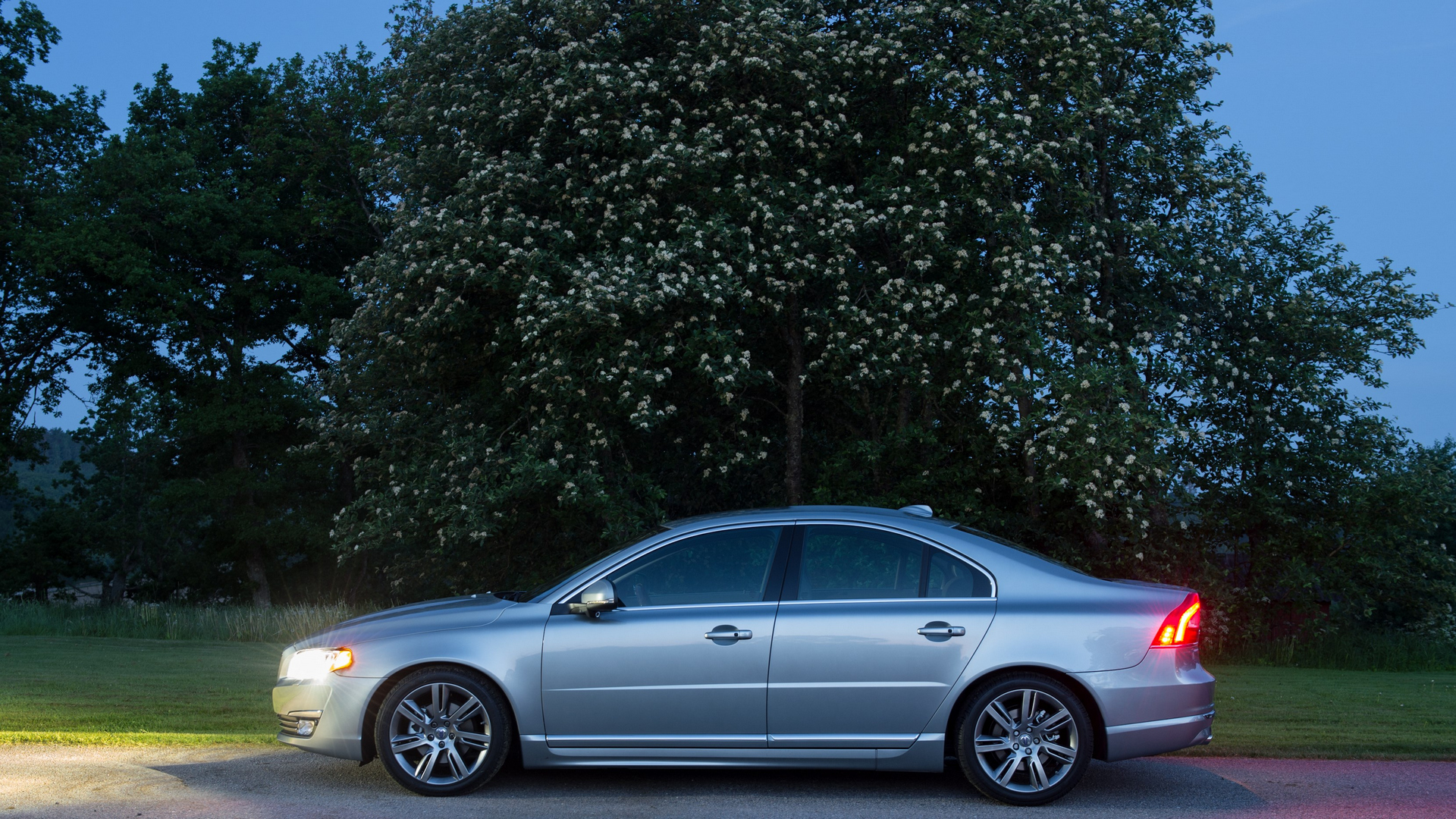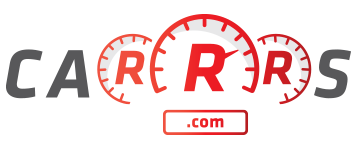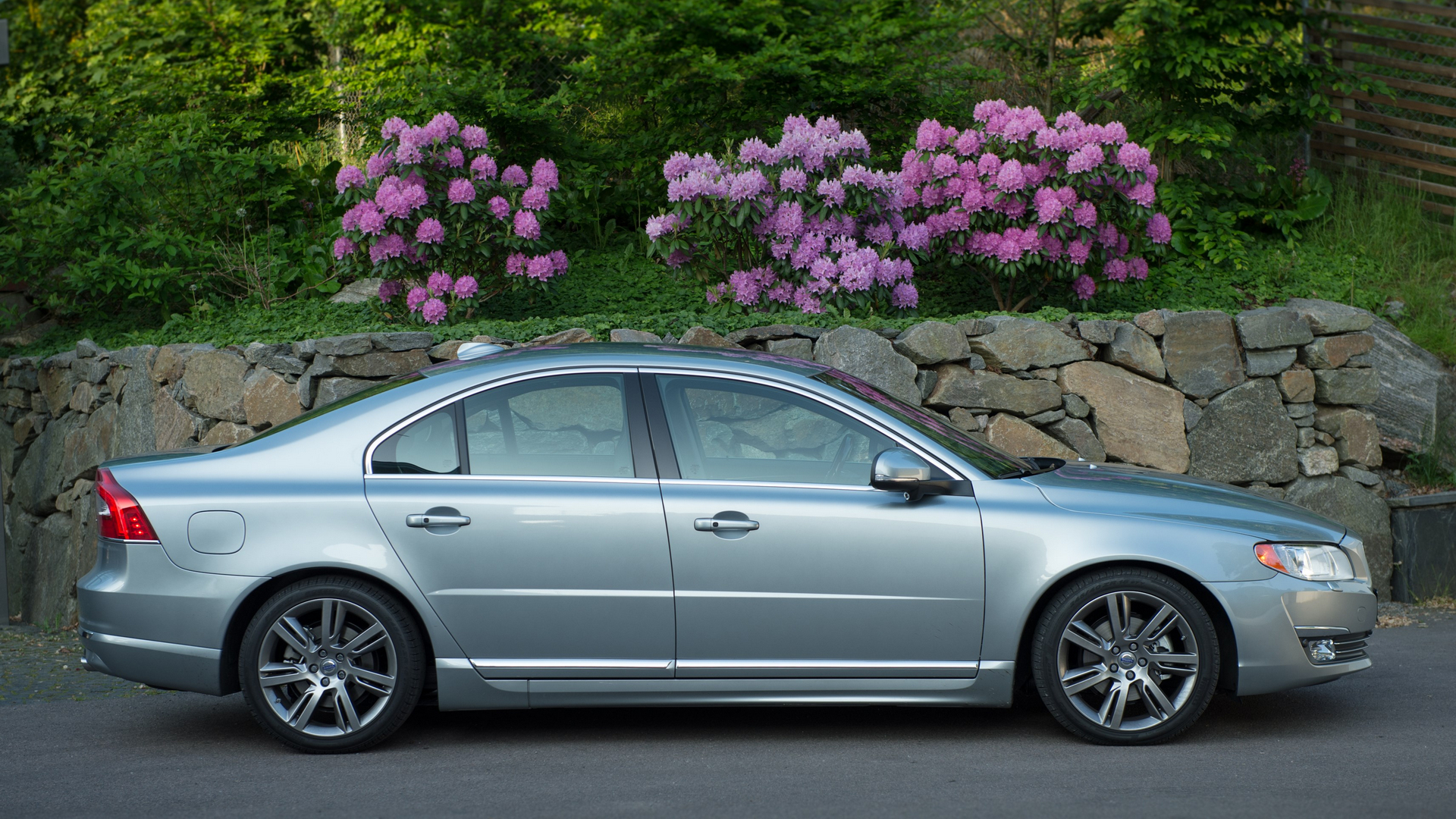Buying a used car is not complicated but requires some additional research if you don’t want to end up with a problematic or faulty vehicle.
Basic Steps
The first step is very simple. You should decide how much you could afford for a car. Consider your budget and try not overspend the estimated figures. Yeah, ‘that’ car may have a better engine and awesome design, but that’s a dangerous game which can lead you to overwhelming debts. Always stick to the price you can afford at this very moment. Reselling a used car second time for a good price may prove difficult.
The second step is also simple. You should make a list of cars that are good for you and cost as much as you can afford (see the first step) or lower. If you’ll go to a dealership not knowing what you want, you may get a car imposed by a car seller (and usually such cars are not the best). Remember, that even the same model may differ from year to year.
The third step requires your decision – do you want to buy a car under the Certified Pre-Owned program offered by a large number of automakers, or do you prefer a cheaper variant with a dealership that specializes in used cars of various makes. The former option greatly simplifies the buying process (it is much like buying a new car), while the latter will require additional steps.

2014 Volvo S80. Volvo Cars has a Certified Pre-Owned program. © Volvo Cars
Additional Steps
If you chose to buy a used car not under the Certified Pre-Owned program, you may have to do more research – compare prices, read reviews, locate several dealers. That’s the first additional step.
The second additional step is not free but it is very important. You should certainly check the vehicle history report in companies like AutoCheck or Carfax (by the vehicle identification number (VIN) or even by license plate). This will show you possible issues with the car you have chosen before you sign any deals.
If everything’s fine, your next step will be test-driving the car and, if you’re suspicious, getting it inspected by professionals.
The last step is plain simple – negotiate to get the best offer.







































